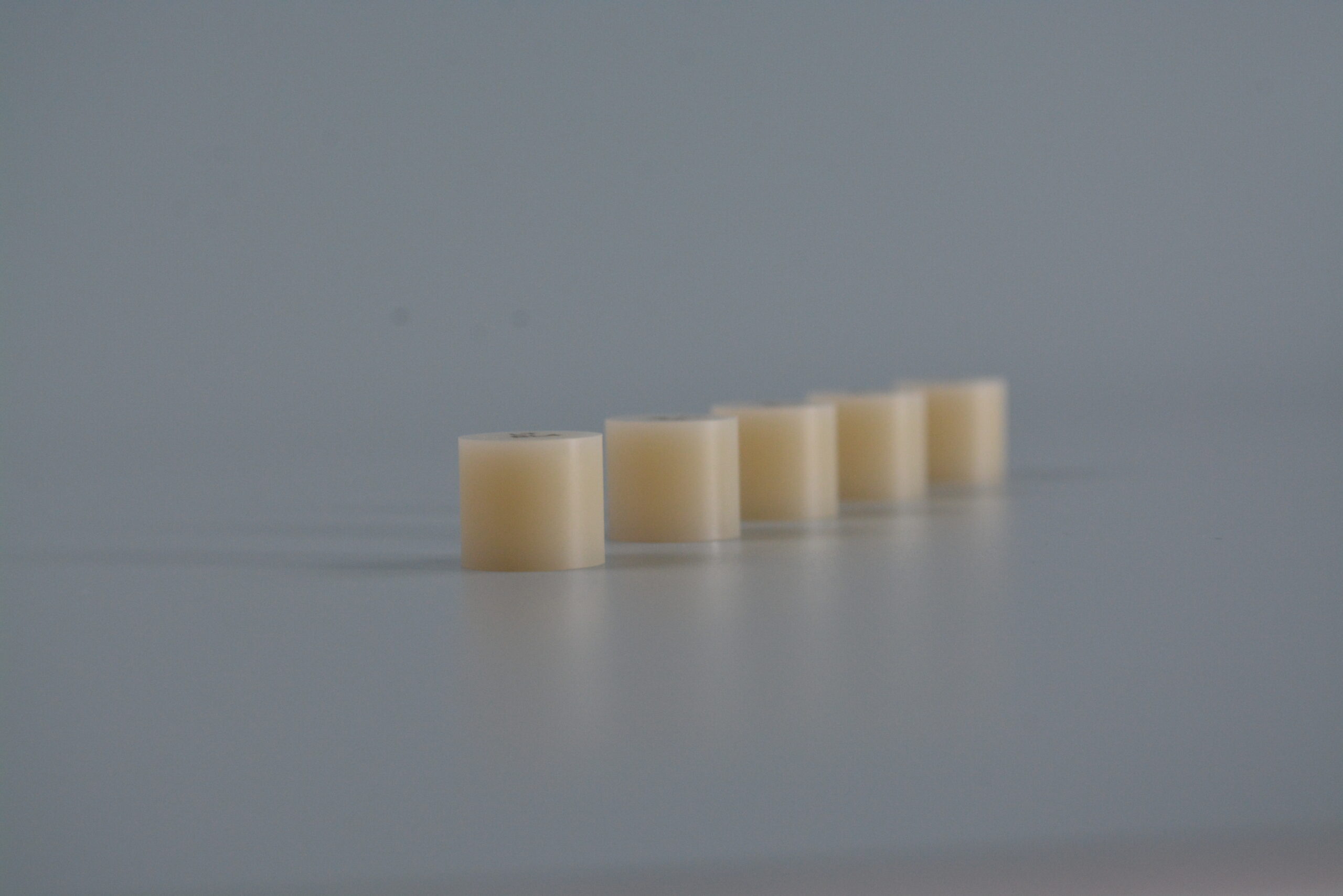
Dental press lithium disilicate is a versatile and durable material that is frequently employed in restorative dentistry. It belongs to the category of glass-ceramic materials and is renowned for its strength and aesthetic features. In this blog post, we’ll look into how to make use of dental press lithium disilicate to attain optimal outcomes.
What Is Dental Press Lithium Disilicate?
Dental press lithium disilicate is a kind of dental material utilized for fabricating dental restorations like crowns, veneers, and inlays. It is composed of a combination of lithium disilicate glass and a ceramic matrix. This distinctive composition endows the material with its strength and natural look.
Preparation and Fabrication
Before using dental press lithium disilicate, it’s crucial to prepare the tooth or teeth that will receive the restoration. This entails removing any decayed or damaged tooth structure and shaping the tooth to fit the restoration. Once the tooth has been prepared, an impression is taken and sent to the dental laboratory for fabrication.
In the dental laboratory, the dental press lithium disilicate is milled or pressed into the desired shape by means of computer-aided design and manufacturing (CAD/CAM) technology. Subsequently, the restoration is meticulously finished and polished to guarantee a precise fit and a natural appearance.
Bonding the Restoration
Once the dental press lithium disilicate restoration has been fabricated, it’s ready to be bonded to the prepared tooth. The bonding process consists of the following steps:
1.Clean the tooth: The tooth is thoroughly cleaned and dried to ensure the best possible bonding.
2.Etch the tooth: A mild acid solution is applied to the tooth surface to create microscopic pores that improve the bond between the tooth and the restoration.
3.Apply bonding agent: A bonding agent is applied to the tooth surface to further strengthen the bond.
4.Apply resin cement: The dental press lithium disilicate restoration is coated with resin cement, which functions as glue to bond the restoration to the tooth.
5.Seat the restoration: The restoration is carefully positioned onto the prepared tooth and any excess cement is removed.
6.Cure the cement: A curing light is used to harden the resin cement, ensuring a firm and durable bond.
Post-bonding Care
After the dental press lithium disilicate restoration has been bonded, it’s essential to offer proper care to ensure its durability. This involves maintaining good oral hygiene by regularly brushing and flossing, avoiding hard or sticky foods that could damage the restoration, and visiting the dentist for routine check-ups.
In conclusion, dental press lithium disilicate is a valuable material in restorative dentistry. By adhering to the appropriate preparation, fabrication, bonding, and post-bonding care techniques, dental professionals can achieve outstanding results with this versatile material.
Reference:




Leave a Reply